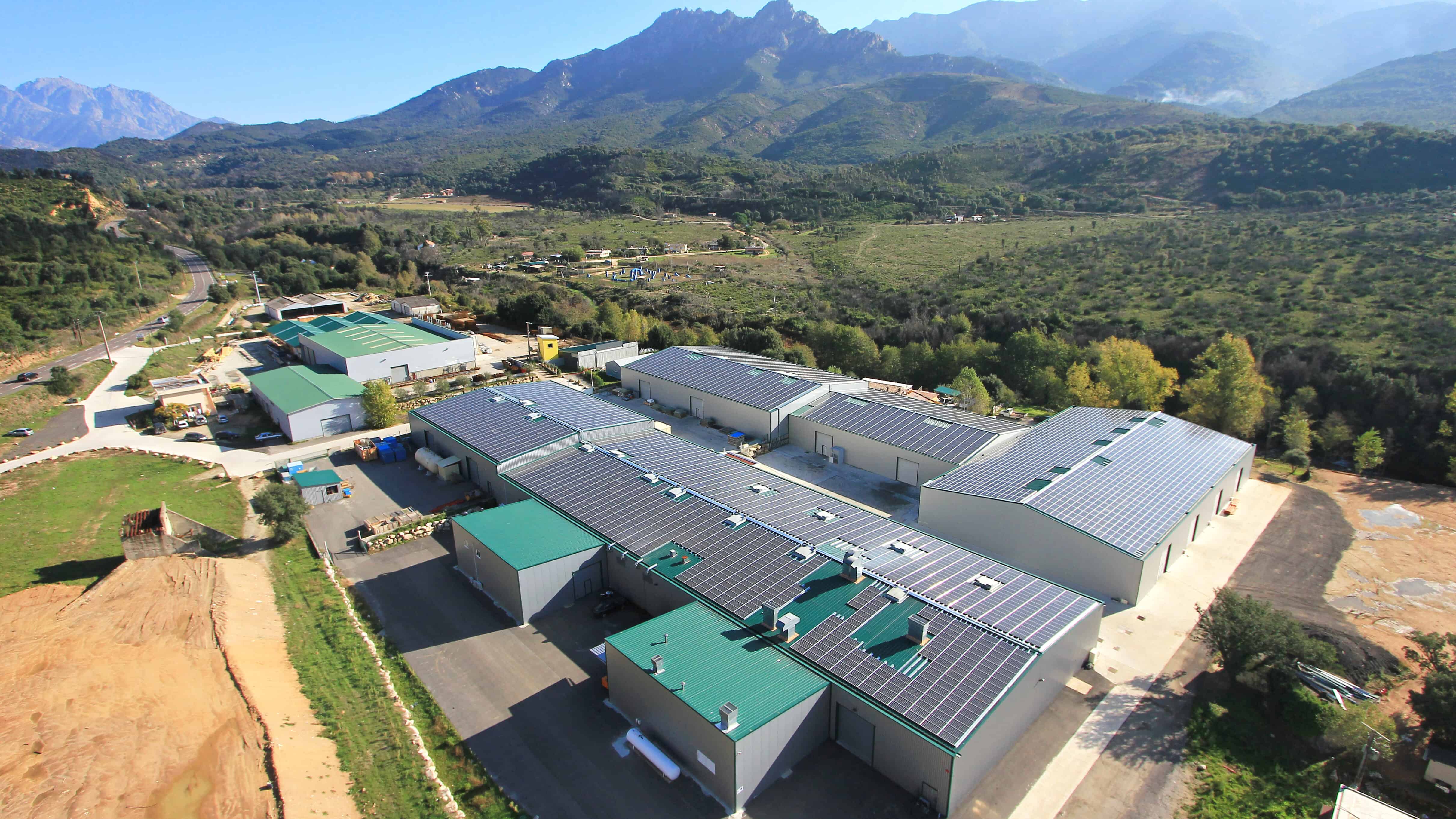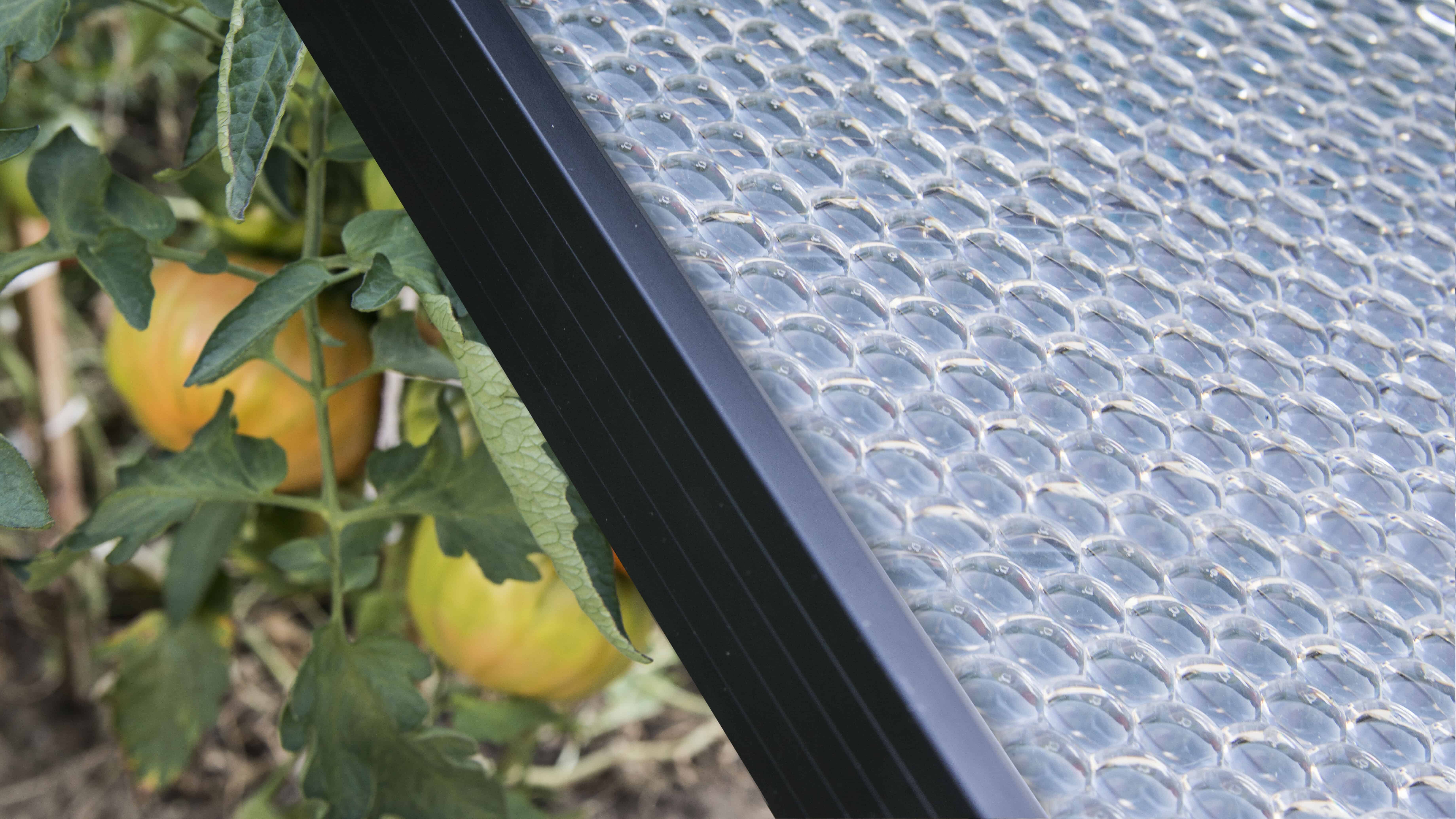In this interview, Alan Rosling shares his thoughts on the future of solar, leveraging a storied past as a pioneer in the industry. As the co-founder of Kiran Energy in India and a board member of the Swiss startup Insolight, Alan believes tech entrepreneurs may bring solar into the light, especially for investors still skeptical of the industry’s potential.

Co-founder, Kiran Energy
Alan Rosling CBE is co-founder of ECube, an ESG platform focused on India, and the co-founder of Kiran Energy, a pioneering solar developer in India. Alan created Kiran in 2009, after serving as Executive Director of Tata Sons Limited from 2003 to 2009, in charge of the Group’s internationalization program. In this period the Group’s abroad business developed from USD 2.4 billion to USD 38 billion. As an international business leader, a specialist in solar power and the Indian market, and now a longtime entrepreneur, Alan has been at the forefront of solar in India. He’s the author of the bestseller Boom Country?: The New Wave of Indian Enterprise. 2018, he joined the board of Swiss solar startup Insolight.
Alan Rosling is a business leader and thought leader in the world of solar energy. In 2018, he joined Rainer Isenrich – the CEO and president of Edisun Power Europe AG – on the board of a young upstart from Lausanne, a solar startup called Insolight.
Founded by Laurent Coulot, Mathieu Ackermann, and Florian Gerlich three years prior, Insolight’s early module tests used space-grade solar cells and concentration of light to achieve record-breaking efficiency. Because of their translucent design, Insolight’s solar module happened to be perfect for the agrivoltaics market, as translucence means diffuse light leakage, perfect for agricultural applications.
Over the past two years, Alan has supported Insolight in bringing their disruptive technology out of the lab and into the light. We sat down with him to learn how he’s made a name for himself in solar, and what insight’s he’s gained along the way.
How did you originally get into renewable energy?
My journey in renewable power started thirty years ago. At that time, I was a young policy advisor at 10 Downing Street (the office of the prime minister of the UK) and I was given energy as one of my subjects. Most of what we were doing was around coal, because in the UK back then most of our generating capacity was coal capacity. I got very interested in the future of energy, not least because it was the lead up to the Rio conference in 1992. At that point, we didn’t know for certain what might have been happening to the climate, and what the future of energy was. I spent quite a lot of time looking at nuclear and fuel cells to try to understand whether it was a potential solution to these conundrums.
“We discovered that we emitted more carbon than Sweden as a company.”
Later on, when I made the move to India, I was working for and responsible for the globalization of the Tata Group. We had a solar power business which was a joint venture with BP Solar that had been running for twenty years. So I got interested in what they were doing as well as in the Group’s response to climate change. We discovered that we emitted more carbon than Sweden as a company, because we were in power, steel, and chemicals, so we were major users of energy and therefore major emitters of carbon. That was a revelation in terms of getting the Group to understand that although they were owned by a charity and always trying to do the right thing, they were actually contributing to the global problem.
And how did that lead to you founding Kiran?
When I left Tata I decided to become an entrepreneur. That’s when I got into solar, just as India was introducing policies to encourage solar power development and it was the beginning of reduction in cost of solar kits. When we first got Kiran Energy up and running, we could sell power for about fifteen rupees a kilowatt-hour, and by the time we sold the company eight years later, we could sell power and make money for two to three rupees a kilowatt-hour. That was an extraordinary change, and it came about because the German government invented the feed-in tariff, and at the same time, Chinese industry stepped up and created scale. Germany was the customer, China was the producer of massive amounts of crystalline silicon solar panels. That transformed the industry, and pushed the industry down the learning curve at an extraordinary pace, and produced this complete change in cost structure and therefore the price and therefore the application of solar. While we were in the solar business, the business was transformed.
Can you share certain moments that were particularly defining for you as a solar entrepreneur?
There was no proof that solar in India would not degrade at a pace that would make it uneconomic, so we had to prove to banks that in Indian heat and monsoons, the solar panels would survive and carry on generating power for 25 years. So it was a major breakthrough when we got our first loan, it was a major breakthrough when we won our first project, it was a major breakthrough when we signed out first power purchase agreement when we raised our private equity money, and when we walked the land we had acquired to build the project. These were all hugely exciting moments.
Our first project was with Japanese technology, so we went to the factory in Osaka where the panels were going to be made. Not many people were allowed in because it was a brand new factory. It was fully automated, and it was like stepping into a futuristic movie, standing in a gallery looking at huge machines moving panels from one station to the next. The company was called Sharp, and what they were doing was extraordinary. And then the panels went from the space age world of Osaka to being unloaded off a decrepit truck in the dust of an Indian summer. It was an amazing journey, seeing the desert being transformed into this sea of blue panels.
There was a lot of craziness along the way. On one of our projects, a local strongman claimed that an ancient temple was located on our site. The villagers were saying we shouldn’t do the project because we were going to get in the way of worship. Fortunately, the local government very quickly stepped in and said there was no temple, someone was just trying to strongarm us. We spent a lot of time building relationships with the government and local communities, to give power to local communities and to agree what that power will be used for. Trying to get the community on the side of your projects by doing good in the community was very important to us.
Can you share with us the experience of joining the Insolight board?
Sometimes, founders can be defensive once directors enter the boardroom representing external interests of shareholders, and this can lead to conflict. This just did not happen at Insolight. When the board first got together, it was the first time that the three founders had had two external people sitting with them on a quarterly basis. What Verve Ventures did that was pretty constructive was they put two people onto the board who had a background in the industry. Both of us had the experience of being customers of companies similar to Insolight. In two years, the company has also taken steps toward professionalization, systemization, putting in process controls, all without losing that great technology, which is what got these three young guys to where they are. And that sense of adventure and determination, which is what entrepreneurship is all about.
Can you speak to Insolight’s technology and the pivot to agrivoltaics?
When I joined the board, they were still working in a lab setting. They had tested their technology and achieved a world record-beating efficiency, but not at the level of a module yet. It was still a sub-assembly, a mini-module. They are now at the module level and have secured external verification of their world record-breaking efficiency, which is just below 30%.
However, from the standpoint of a developer of large scale utility projects, efficiency is not the most important factor. Efficiency is one factor, and the cost of the modules is another factor because what matters is the cost of power. Insolight has been particularly focused up until now on areas where space is constrained. Applications typically might be on rooftops. Cost per unit is of course important, but you can only get a certain number of modules on top of a given space. Putting twenty modules on a roof looks nice for customers, but it really makes no difference to the electricity load at all. If you have space constraints like a flat roof of an office building, factory, car park, office development or whatever it is, where you can’t just add more land, then efficiency becomes critical. So space constraint is one issue. But land use in many places is even more of an important issue. As soon as you’re competing with farmers, you’re never going to win, because at the end of the day, food matters more than power. So if you can use the space for two purposes, that’s where you get the breakthrough.
I think the pivot that we’ve done in the last twelve months, using this constraint to work on agrivoltaics. With the Insolight module you have the translucency in parallel to the high efficiency in a space constraint location. It’s very exciting because then you can say to farmers that we can actually take land that you want to use for horticultural purposes, agricultural purposes, and we can generate power for your own use running the greenhouses and potentially add an additional revenue source from the same space from where you are growing crops. That is a tremendous and exciting breakthrough.
What’s the role of entrepreneurs in the solar industry?
Originally, solar was the classic entrepreneur’s play because it was brand new. Large companies take too long, they worry about the risk, they worry about proving the technology, though they have been looking at solar for years. Tata has been a manufacturer of solar panels for years and years, and yet, the sister company Tata Power had no solar capacity at all, because solar was seen as a toy, kind of a fringe thing that was there only when the grid was not.
Entrepreneurs redefined the industry, entrepreneurs persuaded the government to come up with policy, entrepreneurs persuaded the banks that they could build the projects, prove that the projects could be opened on time, and that power could be delivered. The fact that solar is now a commodity is very good news, but it means the space for entrepreneurs is lessening because it’s all about money. Very large balance sheets can be brought to bear to produce a standard product and to get it to the largest scale possible.
So where do entrepreneurs fit in?
What remains is the democratization of power. So I think entrepreneurs still have the space to change the technology, which is what Insolight is doing, where there are applications of solar power that are not necessarily tied to a grid. Building large grids is expensive, and grids bring problems. Grids cope well with certain power coming nuclear power stations or coal or gas. Solar is potentially a very modular power source. You can put twenty solar panels on a roof, you can put 5,000 panels on the roof of a factory, or you can cover the entirety of a desert in solar. So it is ultimately scalable and modular. And therefore possibly a challenge to the grid, especially if entrepreneurs innovate on storage options for solar.
What advice would you give to entrepreneurs and innovators in solar today?
Entrepreneurs always have to solve a problem. Innovation and entrepreneurship are focused on some consumer or customer issue. Entrepreneurs need to find solutions that nobody else has thought of or better solutions to a problem people have in the real world. They need to come up with something that is real, where there is a real need, and they’ve got to come up with something which others find difficult to copy. As well, entrepreneurs need to focus on differentiation. Just a commodity play is unlikely to be very successful against the incumbent.
To come back to Insolight, we have a solution that is truly differentiated. We have the technology for the world’s most efficient solar panel, and of course, we can play a commodity game against very large, Chinese producers of solar panels, but where space is not a constraint, they’ll always win because of their scale. If space is not a constraint, they’ll always produce something cheaper for the customer. So we need to come up with solar panels with uses which a commodity player can’t solve. Therefore, focusing on agritech is perfect because no one can match us. We’ve got efficiency and we’ve got uniqueness with our translucence.
What should investors know about solar?
Solar has been transformed. Ten years ago, people were not convinced of the technology, that it was real and could survive in certain climates. People know now that solar is one of the technologies of the future. There are still some concerns around the amount of land use, so the politics of land use are key. The critical point that I’ve run into several times in my life and which Insolight must face as well is the skepticism of the investing community. Over the last 20 to 30 years, there have been many technologies promised by entrepreneurs, technologists, universities, and inventors, and because those have not been focused on commercial reality, investors have often lost money, and therefore I think the VC community is cautious about solar tech.
“I think the VC community is cautious about solar tech.”
Particularly, when they look at the sheer might of the manufacturing capabilities of the Chinese solar industry, they are careful about investing in technologies, because people have invested in things in the past and lost money, and because they see that the Chinese industry has done an extraordinary job, has enormous scale, great technical capabilities, and therefore to try to do something which could be seen as a market entry into something where you have such powerful incumbents is quite dangerous.
So how does Insolight differentiate themselves in convincing investors?
What we’ve been trying to do with Insolight is to make sure that the technology is very good, and to focus on real use cases where there is a commercial need that is not met properly at the moment. We’re willing to work collaboratively with other people in the supply chain, like manufacturers and bankers and even customers. We don’t pretend to be a replacement for a standard solar panel. We don’t claim that this technology is going to be suited for every use case. The solar industry is now big enough for multiple players with different strategies. Insolight is a threat to nobody and a partner to many.
Written by
WITH US, YOU CANCO-INVEST IN DEEP TECH STARTUPS

Verve's investor network
With annual investments of EUR 60-70 mio, we belong to the top 10% most active startup investors in Europe. We therefore get you into competitive financing rounds alongside other world-class venture capital funds.
We empower you to build your individual portfolio.
More News
16.03.2022
“We can do things differently when it comes to banking “
Neobanks have revolutionized banking with their digital products, which have since become benchmarks for other banks. Now the market is ready for an environmental revolution in banking services, says Julia Ménayas, co-founder of Helios.
30.04.2020
“Institutional investors started buying solar plants”
Rainer Isenrich is not only CEO and president of the board of Edisun Power, he's also a pioneer in solar power and convinced of its bright future. As he explains in this interview, investor's appetite for solar plants is growing but finding the surfaces to build them isn't trivial, a problem where startups like Insolight might be able to help.
16.04.2020
Agrivoltaics: Enough sunlight for electricity and crops
In densely populated countries, land for solar installations is scarce. A promising way to make space for solar energy are dual-use installations above crops, also known as agrivoltaics. The market for agrivoltaics is growing, but innovation is still needed.
Startups,Innovation andVenture Capital
Sign up to receive our weekly newsletter and learn about investing in technologies that are changing the world.




